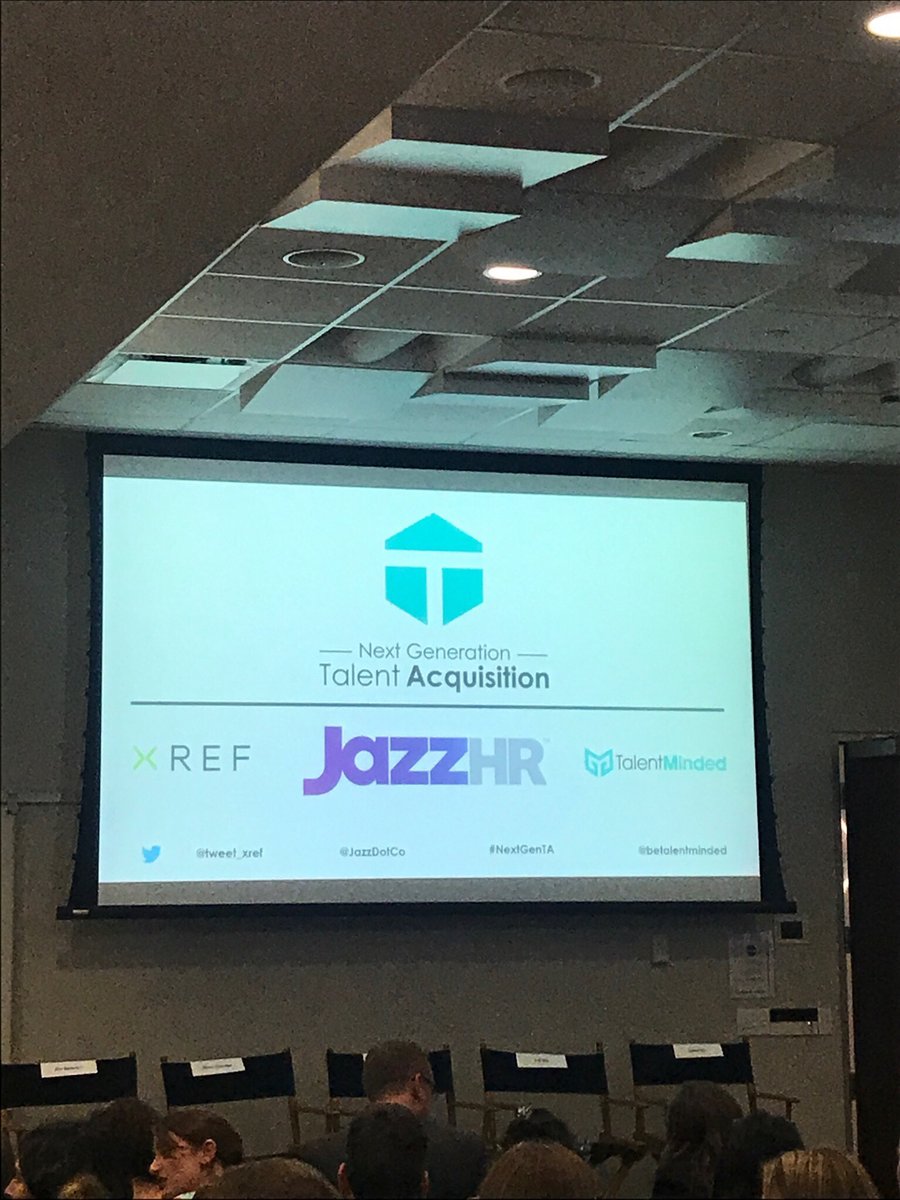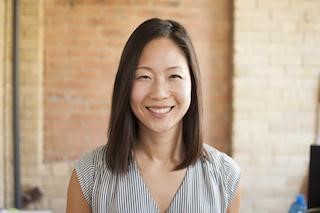
Last week, I was a panelist at the Diversity By Design event produced by Kim Benedict, CEO and Co-founder of TalentMinded. Hosted at MaRS, it was a meeting of more than 100 talent acquisition, HR, and other professionals interested in the issues around workplace diversity and inclusion.
My fellow panelists were Johnathan Nightingale, Founder & Partner of Raw Signal Group and former CPO at Hubba, Salim Teja, President of Venture Services for MaRS Discovery District and Marie Chevier, CEO and Founder of Sampler.
Each panelist brought their own perspective to the diversity equation. As the head data scientist at Ideal, I talked about the disconnect between science and practice in diversity policies. Specifically, how certain practices can sound good on the surface, but that science has shown to be ineffective.
For example, the Rooney Rule is a well-intentioned policy of having one woman or visible minority in the final candidate pool. Unfortunately, research has found that a single minority candidate in the final candidate pool has a statistically zero chance of being hired. My point being if the practices we use aren’t evidence-based, they’re probably not going to work to effect change.
I also talked about the role that technology plays in increasing diversity in hiring. If the majority of people behave the same way in a situation, then we should change the situation. Rather than expect millions of people to suddenly eliminate their unconscious bias, I believe we need to arm ourselves with better tools such as AI for recruiting to help us tackle these pernicious problems.
Marie discussed how she ended up creating a diverse workplace without setting out explicitly to do so. She talked about the challenges of scaling that diversity and how that requires careful thought and implementation of strategies. Some of the strategies she’s testing at Sampler include non-gendered perks (e.g., meditation) and creating a 2-month rotating Chief Culture Officer position to ensure everyone’s perspective was being heard and considered.
Johnathan talked about some of his work he helped initiate at Hubba to make it a more inclusive workplace. He brought up issues around inclusion that I don’t think a lot of us have given enough thought such as how are the washrooms labeled in your workplace or whether your workplace is accessible for people with disabilities.
Salim shared his thoughts on the level of diversity in Toronto and how Canada is becoming a role model for workplace diversity on the international stage. He believes that companies who are collecting their data and trying to improve their processes are better able to attract talent, which is helping them succeed and outperform.
The clearly engaged audience asked some tough questions ranging from how to collect employee demographics with sensitivity and what kinds of consequences organizations face by not being diverse.
It was a fantastically well organized event by Kim and her team and I learned a lot from recruiting practitioners who face diversity and inclusion challenges every day.
About the Author
 Ji-A Min is the Head Data Scientist at Ideal, AI for recruiting software that automates time-consuming tasks such as sourcing, screening, and messaging.
Ji-A Min is the Head Data Scientist at Ideal, AI for recruiting software that automates time-consuming tasks such as sourcing, screening, and messaging.
She has a Master’s in Industrial-Organizational Psychology and her interests include data-based recruitment, HR tech, and diversity. Follow her on Twitter @ji_min.

